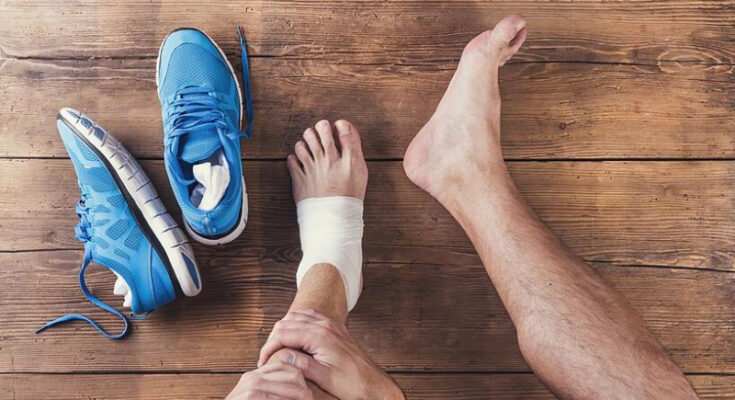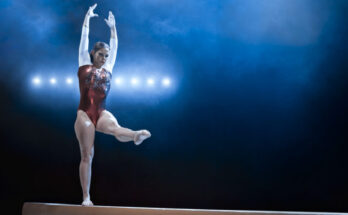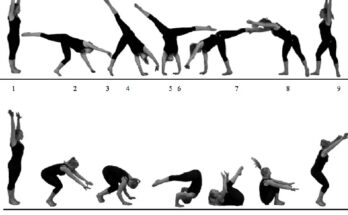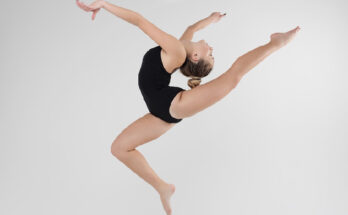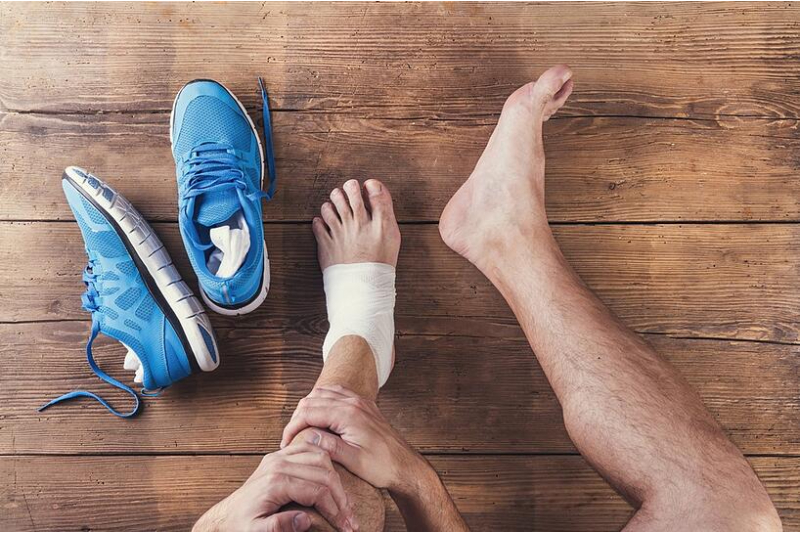
Gymnastics is indeed a physically challenging sport that needs long hours of practice and also complex physical maneuvers. Gymnasts are vulnerable to injury because of the weight-bearing forces applied to the upper body over many gymnastic maneuvers, as well as the countless twists, flipping, and landings. Several strategies, ranging from vigilant spotting to well-maintained equipment, can aid in the prevention of gymnastics accidents.
It Is Critical To Plan Ahead Of Time:
Keep up your physical fitness. When the gymnastic season begins, ensure you’re in good physical form. During the off-season, maintain a balanced fitness plan that incorporates aerobic activity, weight training, and flexibility. When you’re out of form at the start of the season, slowly raise your exercise levels and return to a better level of fitness. You must first develop your skill level, endurance, and strength before attempting more challenging gymnastics moves.
Warm-up by stretching. Always stretch & warm-up before you begin. According to studies, cold muscles are much more prone to injury. Warm-up by doing jumping jacks or walking in place, or running for 3 to 5 minutes.
Warm-ups frequently involve sport-specific stretches. If the stretch is part of the warm-up, stretch gradually and softly for 30 seconds at a time.
Cooldown by stretching. Stretching just at the end of training or competition is commonly ignored due to hectic schedules. Stretching can help keep muscles long & flexible while also alleviating muscle pain. Stretch after every workout session to reduce your risk of injury.
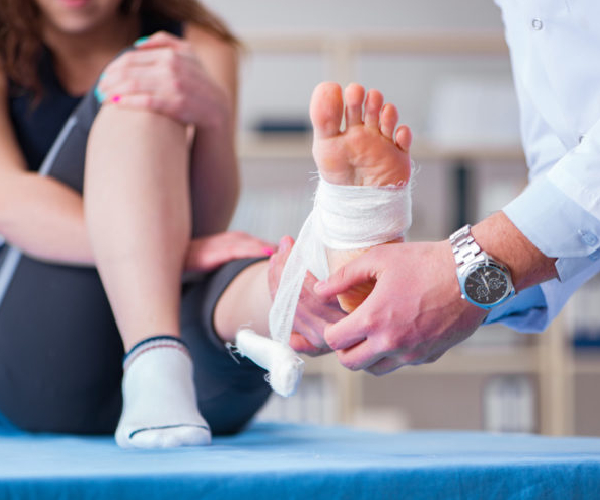
Drink a lot of water. Dehydration, even mild dehydration, can have a harmful impact on sports performance. If you do not drink water, your body will not effectively cool itself via sweat and evaporation. A frequent recommendation is to consume eight ounces of caffeine-free liquids two hours before exercising. It’s also an idea to drink an additional 8 ounces of sports drink or water right before you start exercising. Take a 20-minutes break & drink a glass of water every 20 minutes.
A Proper Dress Is Necessary:
A range of footwear could be used safely based on the activity, the performance ground, and the gymnast’s experience. There are several types of gymnastics shoes available, each intended for a specific event. Other options include bare feet & athletic shoes. Discuss with your coach the ideal type of footwear for you based on your activities and ability level. Young gymnasts have access to a wide range of safety equipment, most of which is needed depending on the season. Examples include the wrist, hand grips, ankle, and torso belts. Knee, elbow, and heel pads are all possibilities. A brace is a sort of brace (wrist, elbow, knee, and ankle )
Ensure The Equipment’s Safety:
Inspect the equipment regularly to ensure that it is in good operating order. Gymnasts must be separated from other athletes and equipment to avoid colliding with them.
The training base should have appropriate floor padding to help reduce the power of the landing. Mats must be securely attached beneath the apparatus.
Pay Attention To Technique:
Before attempting each new move, a gymnast should confer with a coach. According to the coach, the gymnast should be physically ready for the move and comprehend how to perform it safely. It’s vital to notice (observe and monitor) what is going on. A trainer should keep a watch on gymnasts during all training sessions, especially when performing elaborate or challenging routines. Whenever a gymnast is exploring new, difficult skills, he or she should wear a safety belt.
Those mentioned above are some things to consider whenever it pertains to gymnastic skills for injury prevention. Follow the aforementioned criteria, and you’ll have a fantastic injury-free gymnastics workout.

